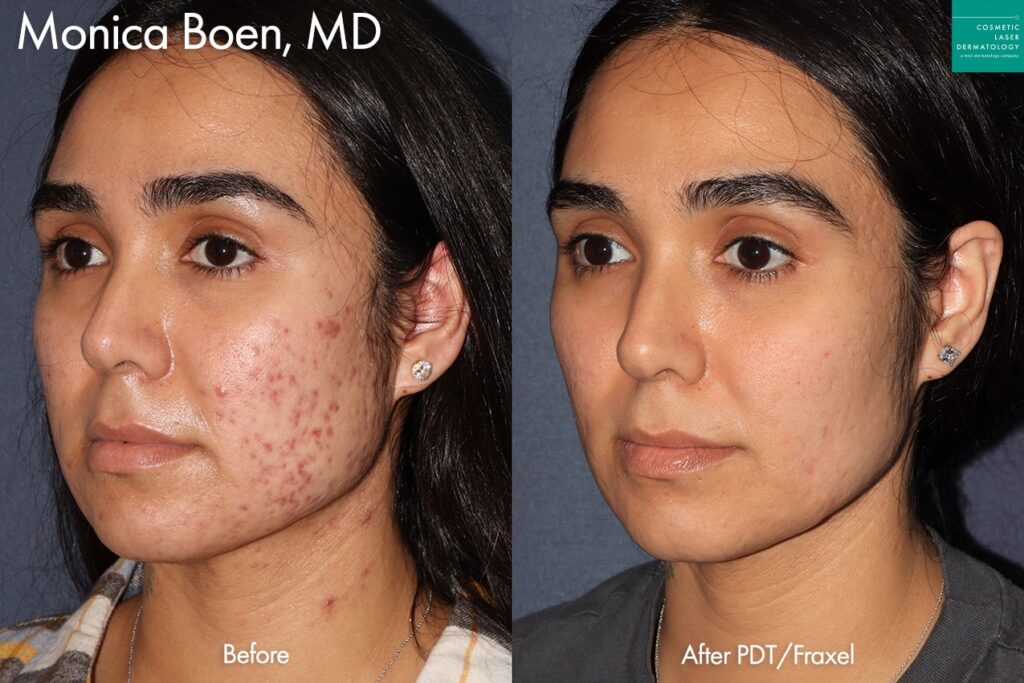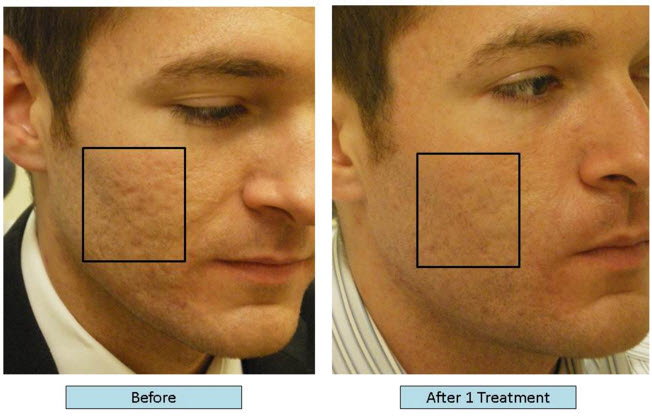Leading Acne Treatment for Sensitive Skin: Gentle Solutions for Clear Skin
Leading Acne Treatment for Sensitive Skin: Gentle Solutions for Clear Skin
Blog Article
Comprehending the Different Skin Problem and Effective Treatment Options for Acne Marks
Acne scars represent a complex interaction of skin conditions that dramatically influence individuals' self-esteem and overall skin wellness. Comprehending the unique kinds of acne marks-- hypertrophic and atrophic-- together with their underlying reasons, is essential for figuring out efficient therapy approaches. Various restorative options exist, ranging from innovative dermatological procedures to all-natural remedies. However, the effectiveness of these therapies commonly depends upon personalized analyses by certified experts. As we check out the landscape of acne mark management, it becomes obvious that the trip toward clearer skin might include even more than simply topical solutions.
Types of Acne Marks

On the other hand, hypertrophic scars result from an overflow of collagen during the recovery procedure, causing raised areas on the skin. These scars are often solid and can differ in color, often appearing red or darker than the bordering skin.
Understanding these kinds of acne scars is vital for creating an efficient therapy strategy - acne treatment for sensitive skin. Alternatives may include chemical peels, laser treatment, microneedling, or facial fillers, customized to the particular scar type. A detailed assessment with a skin specialist can aid identify the most suitable treatment, taking into consideration the individual's skin type, scar intensity, and overall skin wellness
Root Causes Of Acne Scarring
Marking takes place as a result of the body's natural healing feedback to swelling and injury triggered by acne lesions. When acne forms, it triggers an inflammatory action, bring about the release of various cytokines and growth elements that advertise recovery. This procedure can occasionally lead to excessive cells development or insufficient repair, resulting in marks.
The key reasons for acne scarring consist of the intensity of the acne itself, duration of the lesions, and individual skin kinds. Extreme inflammatory acne, such as cysts and nodules, is more probable to cause scarring as a result of much deeper tissue damage. Additionally, improper handling of acne sores, such as selecting or pressing, can aggravate cells injury and inflammation, increasing the chance of scarring.
Hereditary tendency also plays a significant duty; individuals with a family background of scarring are at a higher threat. Skin type and shade can influence mark formation, as darker skin tones may experience post-inflammatory hyperpigmentation, while lighter skin might create atrophic marks.
Ultimately, recognizing these causes is vital in taking care of acne and mitigating the possibility for scarring.

Treatment Alternatives for Scarring
Effective therapy alternatives for acne scarring differ depending upon the type and severity of the marks. Typically categorized right into atrophic, hypertrophic, and keloid marks, these conditions require tailored methods for ideal results.
For atrophic marks, which are defined by a loss of tissue, therapies such as chemical peels, microdermabrasion, and laser treatment are frequently utilized. These methods advertise skin renewal and boost collagen production, consequently enhancing skin texture. Subcision, a minimally intrusive procedure, can additionally work by separating coarse bands below the skin.
Hypertrophic and keloid marks can be much more testing to treat. Options consist of corticosteroid injections to lower inflammation and squash the scars. Sometimes, cryotherapy or laser treatment may be recommended to decrease their appearance.
Surgical alternatives are offered for severe scarring, where excision or skin grafting may be essential. It's crucial for individuals to seek advice from with a skin doctor to examine their specific scar kind and discuss one of the most ideal treatment strategy. Incorporating multiple treatments often yields the very best outcomes, guaranteeing that each person's unique skin problem is resolved successfully.
Natural Home Remedy and Natural Solutions
All-natural services and natural remedy can give an obtainable approach for individuals looking for to boost his explanation the look of acne scars (acne treatment for sensitive skin). Numerous ingredients found in the home kitchen area have demonstrated prospective advantages in boosting skin appearance and advertising recovery

Another reliable choice is lemon juice, which serves as an all-natural exfoliant and can lighten hyperpigmentation. It needs to be used meticulously, as it may trigger photosensitivity. Oat meal masks are additionally advantageous; their mild exfoliation can aid eliminate dead skin cells while soothing irritability.
Necessary oils, such as tea tree oil and lavender oil, can even more sustain scar recovery because of their antimicrobial residential properties. It is essential to execute a patch test prior to using any treatment to guarantee there are no damaging reactions. These natural remedies can be a complementary strategy in the journey to reduce acne marks.
Avoiding Future Scarring
Embracing a proactive strategy to skincare can substantially lower the risk of establishing future acne marks. One of the crucial approaches is to manage acne efficiently as it develops. This entails utilizing non-comedogenic skin care items and drugs suggested by skin doctors that target acne without aggravating the skin. Regular cleansing, peeling, and hydration can aid maintain skin health and prevent stopped up pores.
Furthermore, preventing the temptation to choose or squeeze acne Homepage sores is crucial, as this can result in inflammation and subsequent scarring. Rather, people ought to concentrate on using topical treatments that promote healing and reduce inflammation. Ingredients such as salicylic acid, benzoyl peroxide, and retinoids are known for their efficacy in taking care of acne and minimizing scars.
Sunlight security is one more important component; direct exposure to UV rays can darken marks and impede recovery. Using a broad-spectrum sun block daily can minimize these impacts.
Lastly, keeping a healthy and balanced diet abundant in anti-oxidants and staying moisturized assistances skin regeneration. By applying these safety nets, people can substantially reduce their threat of future scarring and promote overall skin health and wellness.
Final Thought
In conclusion, a comprehensive understanding of acne scars, including both hypertrophic and atrophic kinds, is essential for efficient therapy methods. Consultation with a dermatologist remains necessary to design personalized methods that take into consideration individual skin types and mark extent, inevitably boosting the efficacy of scar management techniques.
Acne marks represent a complicated interaction of skin problems that dramatically influence people' self-worth and total skin health. The two primary categories of acne marks are hypertrophic and atrophic marks. These marks are more identified into 3 subtypes: ice choice marks, which are narrow and deep; boxcar scars, which are broader and have distinct edges; and rolling scars, which develop a wave-like look due to unequal skin structure.
A comprehensive consultation with a dermatologist can aid establish the most proper intervention, taking into account the person's skin kind, scar severity, and total skin health and wellness.
Assessment with a Get More Information dermatologist remains essential to devise tailored techniques that consider specific skin types and scar extent, eventually enhancing the effectiveness of scar monitoring methods.
Report this page